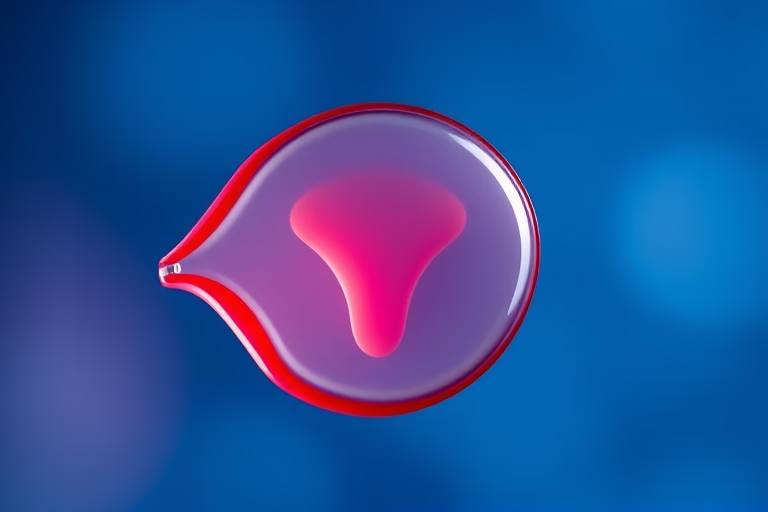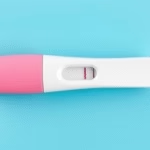Understanding Implantation Bleeding and UTIs
In this article, we will be talking about implantation bleeding and urinary tract infections (UTIs), two health topics that can cause confusion for many individuals. Implantation bleeding typically occurs when a fertilized egg attaches itself to the lining of the uterus, often resulting in light spotting. Many women may mistake this symptom for their menstrual period, which can lead to misunderstanding their reproductive health. On the other hand, a urinary tract infection is an infection that can take place in any part of the urinary system, including the kidneys, bladder, and urethra. UTIs can lead to uncomfortable symptoms, including a burning sensation when urinating and frequent urges to urinate. Understanding the differences between these conditions is essential for proper health management and can assist in seeking timely medical attention.
Identifying the symptoms and conditions related to both implantation bleeding and UTIs is critical for women’s health. It can help in understanding when symptoms are normal and when they might indicate a more pressing issue. With common concerns surrounding menstrual cycles, pregnancy, and urinary health, this knowledge becomes even more valuable. The following sections will provide a detailed examination of both topics.
What is Implantation Bleeding?
Implantation bleeding is a light spotting that can occur when a fertilized egg attaches to the uterine lining. This event usually takes place 6 to 12 days after conception, making it an early indication of pregnancy. Many women experience mild cramping along with the bleeding. Understanding the timing and characteristics of implantation bleeding is essential, as it may resemble a light period. Diagnosis requires attention to details such as color, duration, and accompanying symptoms.
The spotting from implantation bleeding is typically lighter in color compared to menstrual blood, often appearing pink or brown instead of bright red. While it can confuse some women, recognizing these differences can provide clarity regarding one’s pregnancy status. If planning a pregnancy, keep track of your cycle and consider seeking advice from a healthcare provider if there are any uncertainties.
It is important to differentiate implantation bleeding from abnormal menstruation. Though both involve bleeding, their causes and timings vary significantly. If a woman suspects pregnancy, they may want to take a home pregnancy test for further confirmation.
While implantation bleeding is generally considered normal, consult a healthcare provider if there are concerns about heavy bleeding or unusual symptoms.
Recognizing the Symptoms of UTIs
Recognizing the symptoms of urinary tract infections is vital in order to receive timely treatment. Common signs include:
UTIs can be unpleasant and, in some cases, may lead to serious complications. Misdiagnosing a UTI or ignoring symptoms can lead to the infection ascending to the kidneys, resulting in a kidney infection which requires more intensive medical treatment. If experiencing any combination of these symptoms, consulting a healthcare provider is recommended to discuss testing and treatment options.
Understanding the importance of immediate diagnosis is crucial. UTIs can be effectively managed with antibiotics, but persistent infections might require further investigation into lifestyle factors or other underlying health issues. Women are particularly prone to UTIs, highlighting the need for awareness of risk factors.
Diagnosis of Implantation Bleeding vs. UTI
Diagnosis for implantation bleeding often revolves around tracking cycle history, performing a home pregnancy test, and consulting a healthcare provider for further testing. A simple blood test can detect the hormone hCG, confirming pregnancy. On the other hand, UTIs are usually diagnosed through urinalysis methods. Healthcare providers may collect a sample of urine to check for indicators of infection.
Both conditions can be easily identified when symptoms align with known patterns. Women trying to conceive should monitor their cycles closely and consider additional diagnostic measures if they suspect implantation bleeding. It’s vital to maintain open communication with healthcare providers to explore symptoms and receive tailored health advice.
If a UTI is suspected, seeking medical evaluation is important. Tests can reveal the presence of harmful bacteria, helping guide effective treatment. Understanding the urgency in diagnosis for both conditions enhances chances for positive health outcomes.
Prevention of UTIs
Preventing urinary tract infections involves several practical solutions:
- Stay hydrated to dilute urine and ensure regular flushing of the urinary tract.
- Urinate after intercourse to help eliminate bacteria that may have entered the urethra.
- Wipe from front to back after using the bathroom to avoid introducing bacteria from the anal region.
- Choose breathable cotton underwear and avoid tight-fitting clothing.
- Avoid using irritating feminine products that can disrupt the natural flora of the vagina.
Advocating for personal hygiene and making informed choices about bladder health can significantly reduce the risk of UTIs. These practical recommendations are essential for individuals frequently affected by urinary tract infections.
Understanding Factors Contributing to Implantation Bleeding
Several factors contribute to the likelihood of implantation bleeding:
Understanding these factors can assist women in recognizing when signs may indicate potential pregnancy. Keeping a detailed menstrual journal that includes symptoms can help track unusual events, making it easier to assess whether implantation bleeding occurs.
When to Seek Medical Attention
Knowing when to seek medical attention for potential implantation bleeding or UTIs is crucial for maintaining reproductive and urinary health. Symptoms such as:
Consulting a healthcare provider immediately when observing these symptoms can provide timely interventions. Early treatments not only improve comfort but also support better health outcomes.
Final Thoughts
In summary, understanding the distinctions between implantation bleeding and urinary tract infections can greatly benefit individuals, particularly women navigating reproductive and urinary health. It is essential to track symptoms accurately, recognize the context of potential pregnancies, and identify the signs of UTIs for informed decision-making. Early diagnosis, recognition of symptoms, and timely consultation with healthcare providers empower women to take charge of their health and address concerns promptly.
Although these conditions may at times overlap in terms of symptoms, proper education can lead to clarity about one’s health status. For those experiencing concerning symptoms, engaging with your healthcare provider is paramount. Ensuring adequate hydration and maintaining healthy practices can significantly reduce risks associated with UTIs.
Tracking cycles, understanding personal health patterns, and seeking information are critical components to fostering overall reproductive and urinary health. By following guidelines and learning about individual health, women can ensure they stay informed and make decisions that benefit their well-being.
Frequently Asked Questions
Implantation bleeding typically appears as light spotting that is pink or brown in color, differing from the bright red of menstrual blood.
This type of bleeding usually lasts from a few hours to a few days, generally shorter than a regular menstrual period.
Staying hydrated, urinating after intercourse, practicing proper hygiene, and avoiding irritating products can help prevent UTIs.
If the bleeding is light and short-lived, it may be a normal symptom; however, consult a healthcare provider if there is uncertainty or heavy bleeding.
Yes, pregnant women can experience UTIs, and it’s important to seek treatment promptly to avoid complications.
Further Reading
What Type of Psychotherapy Is Best for Anxiety?







